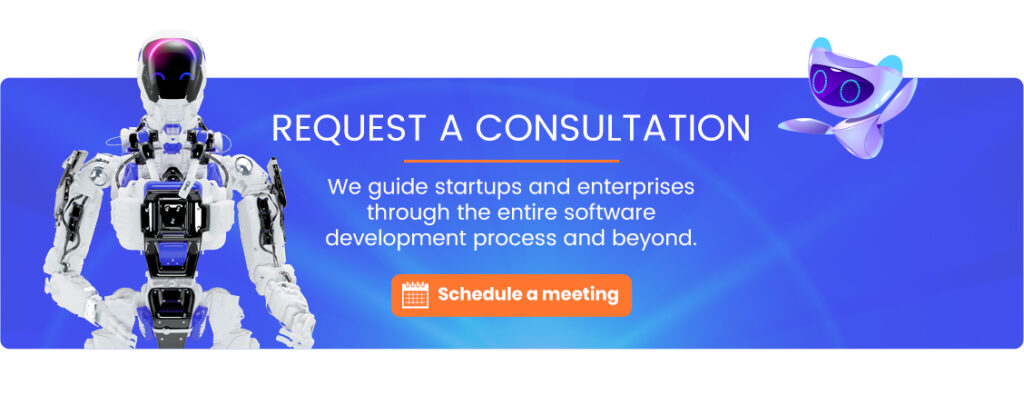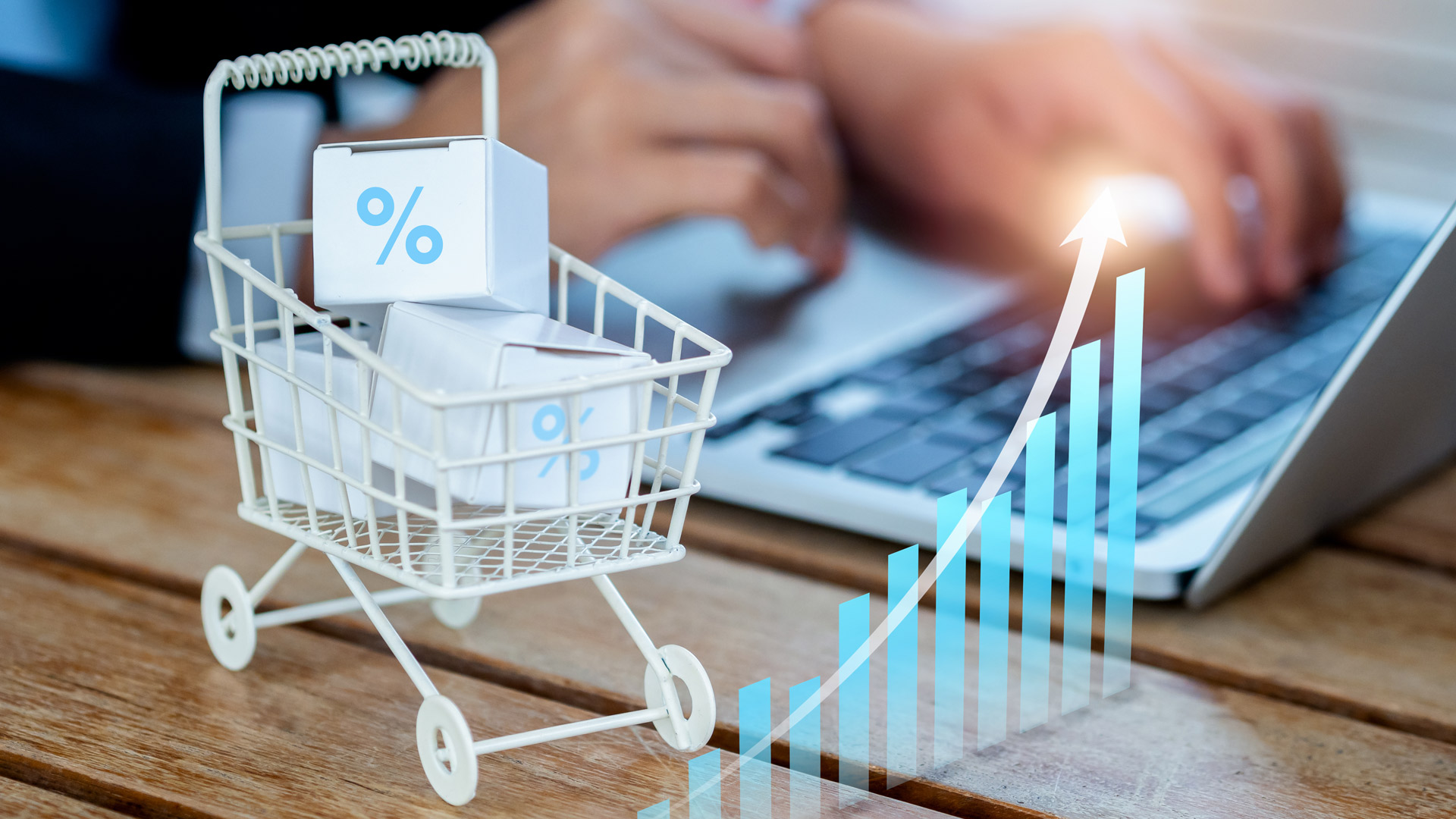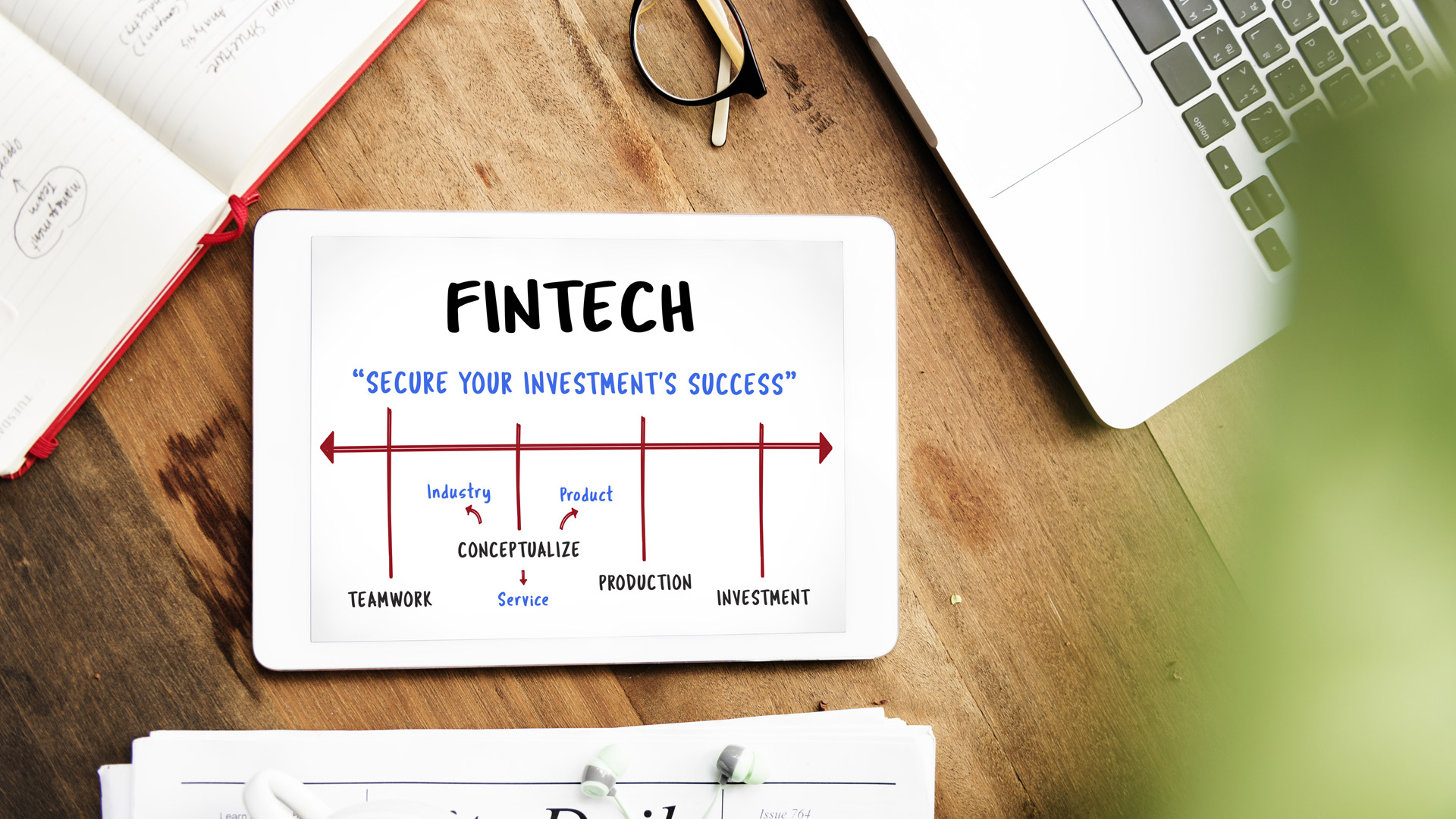In today’s fast-paced and highly competitive business landscape, staying ahead of the curve is crucial for success. One of the key factors that can give your business a significant edge is accurate and reliable forecasting. Traditional forecasting methods often fall short in capturing the complexity and volatility of the modern business environment. That’s where AI forecasting software comes into play.
In this article, we will explore the game-changing capabilities of AI forecasting software and why it is the indispensable tool your business needs for future growth.
How does AI Forecasting Software Work?
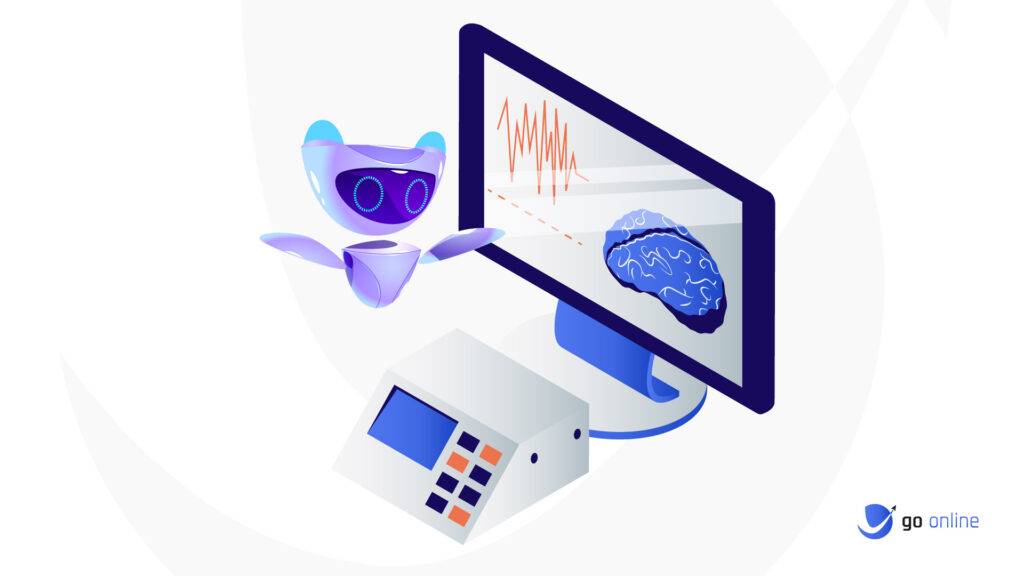
AI forecasting software operates through a forecasting with AI process that combines advanced machine learning algorithms and data analytics to generate accurate predictions. The software begins by ingesting vast amounts of historical and real-time data, including sales figures, market trends, customer behavior, and external factors impacting the industry.
Through a process called training, the AI algorithms learn from this data, identifying patterns and hidden insights. By applying statistical techniques, predictive modeling, and pattern recognition, AI forecasting software can generate forecasts and projections with a high degree of accuracy.
The software considers multiple variables, evaluates their impact, and generates insights that enable businesses to make informed decisions, allocate resources effectively, optimize inventory levels, and respond swiftly to changing market conditions.
Applications of AI Software in Various Industries

Retail
In the retail industry, AI software is being utilized to personalize customer experiences through recommendation engines, chatbots, and virtual shopping assistants. It also enables demand and forecasting solutions, inventory optimization, marketing, and dynamic pricing strategies, enhancing sales and customer satisfaction.
Finance
In the finance sector, AI software plays a crucial role in automating repetitive tasks such as data entry and reconciliation, freeing up resources for more strategic activities. It also powers fraud detection systems, analyzing vast amounts of data to identify suspicious patterns and anomalies.
Production
The production industry benefits from AI software by traditional business forecasting, demand planning and leveraging predictive analytics to optimize production schedules and improve overall operational efficiency. AI-powered systems enable predictive maintenance, allowing businesses to address maintenance needs, minimizing downtime and maximizing productivity.
Healthcare
In the healthcare sector, AI software is revolutionizing medical practices, particularly in medical image analysis, diagnosis, and patient monitoring. AI algorithms can analyze medical images with remarkable accuracy, helping doctors detect diseases and conditions at an early stage.
Public services
In public services, AI software offers a wide range of applications. It can automate administrative tasks, reducing paperwork and enhancing efficiency in government agencies. Intelligent surveillance systems powered by AI can detect and respond to security threats in real-time, improving public safety.
Why is it Important for the Company?

AI forecasting software holds significant importance for companies in today’s dynamic business landscape. Firstly, it provides businesses with accurate and reliable predictions, enabling them to make informed decisions based on data-driven insights. By leveraging advanced machine learning algorithms and data analytics, AI forecasting software can analyze vast amounts of historical and real-time data, identifying patterns and trends that human analysis may overlook.
This enhanced accuracy leads to improved planning, resource allocation, and risk management. It also enhances efficiency by automating complex business forecasting and processes that would otherwise require substantial time and effort.
The Most Important Features of the Software
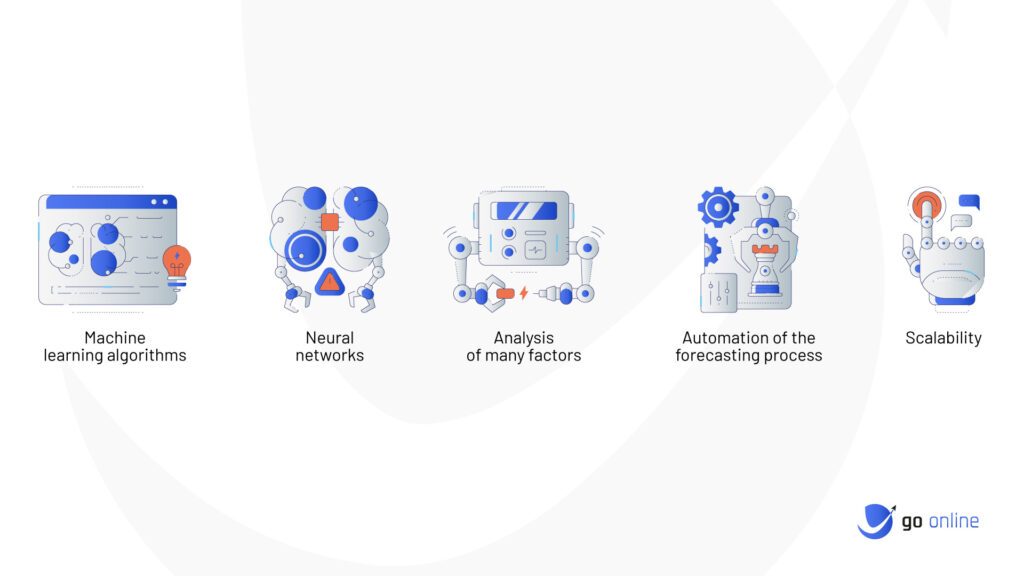
Machine Learning Algorithms
Machine learning algorithms form a fundamental feature of AI software, or artificial intelligence, enabling it to learn from data and improve its performance over time. These algorithms analyze patterns within large datasets, extracting valuable insights and making accurate predictions.
Neural Networks
Neural networks, a subset of machine learning, simulate the human brain’s interconnected neurons to process complex data and solve intricate problems. They are particularly effective in tasks such as image recognition, natural language processing, and sentiment analysis.
Analysis of Many Factors
Another crucial feature of AI software is its ability to analyze multiple factors simultaneously. By considering numerous variables, such as market trends, customer behavior, economic indicators, and social factors, AI software can generate comprehensive and holistic forecasts.
Automation of the Forecasting Process
Automation of the forecasting process is a key benefit of AI software. It eliminates manual tasks and streamlines the forecasting workflow. AI software can automatically collect, clean, and analyze data, saving time and reducing human error.
Scalability
Scalability is a critical feature of AI software that allows it to handle large and complex datasets. With the ability to process massive amounts of data, AI software can provide accurate and reliable forecasts even in highly dynamic and data-intensive industries.
Advantages of Using AI Forecasting Software for Your Business
Using AI forecasting software offers several advantages for businesses, driving better decision-making and positioning them for success. Firstly, it provides businesses with accurate and reliable predictions based on advanced data analysis and machine learning algorithms.
This accuracy leads to improved planning, resource allocation, and risk management, enabling businesses to make informed decisions with confidence. Moreover, AI forecasting software enhances efficiency by automating complex forecasting processes, reducing manual effort, and eliminating human errors.
Practical Examples of Companies that Have Succeeded with AI Forecasting Software
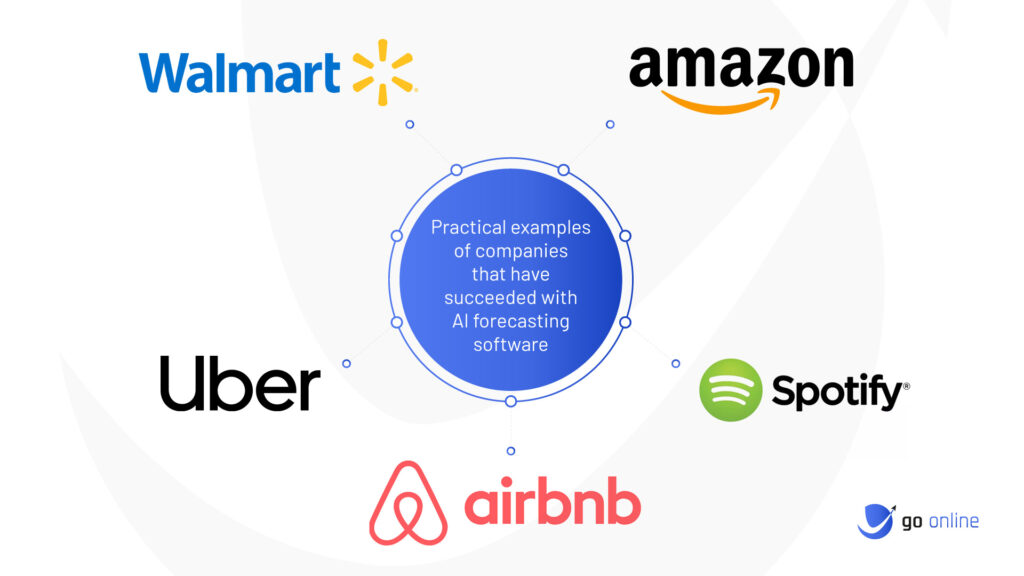
Walmart
As one of the world’s largest retailers, Walmart has leveraged AI forecasting software to optimize inventory management and streamline supply chain operations. By analyzing vast amounts of historical sales data, market trends, customer data, Walmart’s AI forecasting system accurately predicts consumer demand, ensuring that the right products are stocked in the right quantities at each store location.
Amazon
Known for its highly efficient logistics and fast delivery, Amazon relies on AI forecasting tools and software to forecast customer demand and optimize its inventory across its vast network of fulfillment centers. By analyzing factors of customer churn such as historical sales, customer browsing patterns, and even social media sentiment, Amazon’s AI-powered forecasting system helps the company anticipate demand fluctuations and ensure that popular items are readily available.
Uber
Uber, the global ride-hailing platform, uses AI forecasting software to optimize its dynamic pricing model. By analyzing real-time data on ride demand, traffic conditions, and other variables, Uber’s AI system predicts peak hours and surge pricing patterns. This allows Uber to adjust prices dynamically and efficiently manage supply and demand.
Spotify
The popular music streaming platform Spotify utilizes AI forecasting software to curate and create personalized playlists for its users. By analyzing user preferences, listening habits, and contextual data such influencing factors such as time of day and location, Spotify’s AI system generates accurate predictions of music tastes, enabling the platform to deliver highly tailored recommendations.
Airbnb
As a leading online marketplace for accommodations, Airbnb employs AI forecasting software to predict rental demand and optimize pricing for hosts. By considering factors such as location, seasonality, local events, and historical booking data, Airbnb’s AI system generates forecasts forecasting demand and recommendations for hosts to set competitive pricing strategies.
Overview of The Latest Trends in AI Forecasting Software

With the increasing adoption of AI forecasting software, there is a growing demand for transparency. Explainable AI is a trend focused on providing insights into the reasoning behind AI-generated forecasts. This allows users to understand the factors influencing the predictions, making it easier to trust. By providing clear explanations of future forecasts, explainable AI ensures that businesses can make informed decisions based on it.

The integration of AI forecasting software with big data and the Internet of Things (IoT) is a significant trend in the field. As more devices become interconnected and generate vast amounts of data, AI software can analyze this data in real-time to improve forecasting accuracy. By incorporating various data, AI forecasting software can capture valuable insights, leading to more accurate predictions of future developments.

NLP is a trend that is transforming the way AI forecasting software processes textual data. By leveraging advanced NLP techniques, AI software can extract meaningful insights from unstructured text. This allows businesses to incorporate sentiment analysis, the customer experience and feedback, and market trends into their forecasting models, enhancing relevance of the predictions.

AI forecasting software is now incorporating automated model selection and optimization capabilities. Instead of relying on manual experimentation, these systems can automatically identify the most suitable forecasting models based on the data characteristics and problem context. This trend saves time and effort for businesses by automating the process of data preparation and forecasting model selection and configuration.

Real-time and continuous forecasting is becoming increasingly important in today’s fast-paced business environment. Traditional forecasting methods often rely on periodic or historical data, but with AI forecasting software, businesses can generate dynamic forecasts in real-time. This trend in growth forecasting enables businesses to respond quickly to market changes.
AI Software Implementation Challenges and How to Overcome Them

One of the significant challenges is ensuring data quality and availability, as AI algorithms rely on high-quality and relevant data. Overcoming this challenge involves investing in diverse datasets, implementing data cleansing and preprocessing techniques, and establishing robust data governance practices to maintain data integrity.
Another critical challenge lies in acquiring skilled professionals with expertise in data science and AI technologies. To address this, businesses can invest in training programs to upskill existing employees, hire experienced data scientists and sales teams, or collaborate with AI consulting firms.
Building a multidisciplinary team that combines domain knowledge with technical expertise can facilitate a successful implementation process.
Summary
AI forecasting software has emerged as a game-changer for businesses seeking future success. By harnessing advanced algorithms, machine learning, and big data analysis, this software empowers organizations to make accurate predictions, enhance decision-making, and gain a competitive edge. With features like machine learning algorithms, neural networks, multi-factor analysis, automation, and scalability, AI forecasting software streamlines processes, improves accuracy, reduces costs and ensures compliance.
